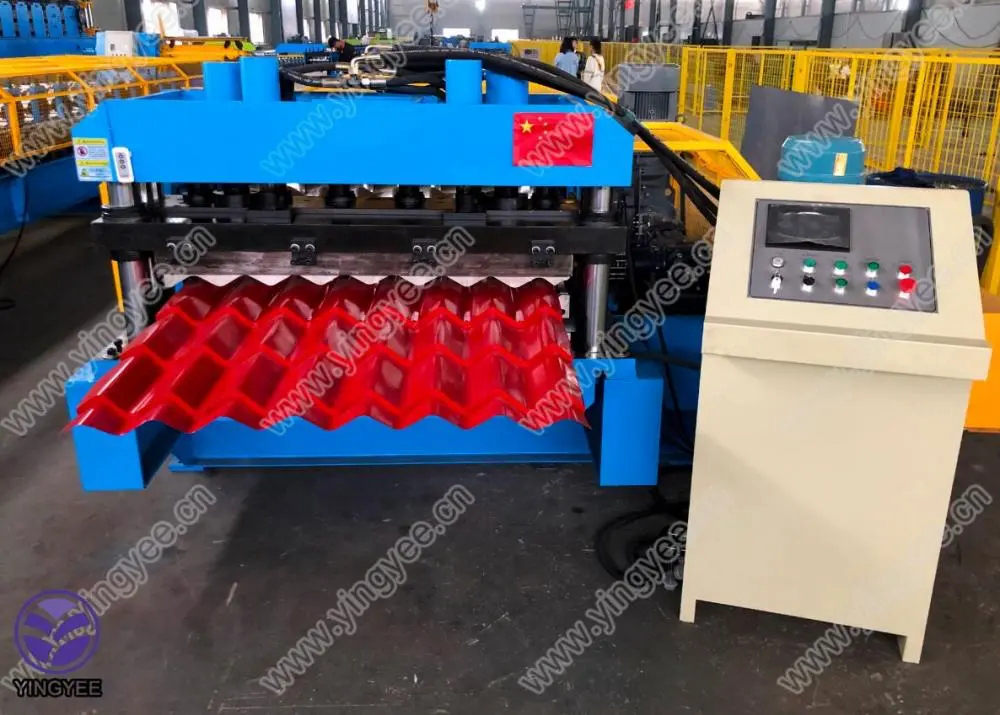
Simple Operation of Three-Axis Thread Rolling Machine
Thread rolling is a cold forming process used to create threads on various materials, primarily metals. It is an efficient technique that enhances the mechanical properties of the material while ensuring precise and uniform dimensions. Among the various methods employed in thread forming, the three-axis thread rolling machine has become increasingly popular due to its user-friendly operation and versatility. This article aims to explore the simple operation of a three-axis thread rolling machine, highlighting its components, process, and applications.
Components of a Three-Axis Thread Rolling Machine
A three-axis thread rolling machine typically consists of several key components that work in harmony to facilitate the thread rolling process. The primary components are
1. Roller Dies The heart of the thread rolling machine, roller dies are specially designed tools that shape the material into the desired thread form as they rotate around the workpiece.
2. Workpiece Holder This component securely holds the material in place during the rolling process, ensuring precise alignment with the roller dies.
3. Control Panel Equipped with user-friendly interfaces, the control panel allows operators to adjust various parameters, including speed, feed rate, and pressure, to suit the specific requirements of the thread being formed.
4. Feed Mechanism The feed mechanism is responsible for advancing the workpiece into the rollers, allowing for continuous operation and consistency in thread rolling.
5. Power Supply The machine is powered by an electric motor that drives the roller dies and feed mechanism, providing sufficient force to accomplish the required rolling.
The Thread Rolling Process
The operation of a three-axis thread rolling machine is relatively straightforward, making it accessible even to users with limited experience in metalworking
. Here is a step-by-step overview of the thread rolling process1. Preparation Before beginning the rolling operation, the operator selects the appropriate roller dies for the desired thread profile. The workpiece is then securely mounted in the workpiece holder.

2. Parameter Setting The operator uses the control panel to set the machine's parameters, including the speed of the rollers, the feed rate of the workpiece, and the desired depth of the thread. These settings are crucial to achieving the desired quality of the threads.
3. Thread Rolling With the parameters set, the operator starts the machine. As the rollers rotate, they exert pressure on the workpiece, deforming the material and forming the threads. The three-axis feature allows for a simultaneous movement of the workpiece, facilitating the creation of various thread sizes and shapes while maintaining accuracy.
4. Finishing Once the rolling process is complete, the threaded workpiece is removed from the holder. Final inspection is performed to ensure the threads meet dimensional tolerances and surface finish requirements.
Applications of Three-Axis Thread Rolling Machines
Three-axis thread rolling machines find applications in various industries due to their ability to produce high-quality threaded components efficiently. Some common applications include
- Automotive Industry Threaded fasteners are crucial in automotive assembly, making thread rolling machines ideal for producing bolts, nuts, and screws used in vehicles.
- Aerospace Industry The lightweight yet durable components created through thread rolling are essential in aerospace applications where safety and performance are paramount.
- Construction Industry Threaded rods and anchor bolts are widely used in construction, and thread rolling machines ensure these components are produced with precision and efficiency.
- Manufacturing Various machinery and equipment require threaded components, making thread rolling machines indispensable in manufacturing environments.
Conclusion
The simple operation of a three-axis thread rolling machine makes it an invaluable tool in modern manufacturing. With its ability to create precise, durable threads in a cost-effective manner, it plays a crucial role across multiple industries. As technology advances, further enhancements to these machines will undoubtedly lead to even more efficient methods of thread production, ensuring that they remain a staple in manufacturing processes for years to come. By understanding the components and operation of this machine, manufacturers can leverage its capabilities to meet the demands of an ever-evolving market.